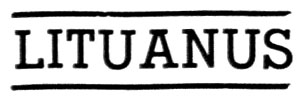
Managing Editor P. V. Vygantas
 |
www.lituanus.org |
|
Copyright
© 1957 Lithuanian
Students Association, Inc.
December,
1957 No.4(13)
Managing Editor P. V. Vygantas |
|
THE SCULPTOR VYTAUTAS KAŠUBA
By HENRIKAS NAGYS
Henrikas
Nagys born in 1920, a well known Lithuanian critic and poet. He has
studied at the universities of Kaunas, Freiburg and Insbruck; author of
several collections of poems.
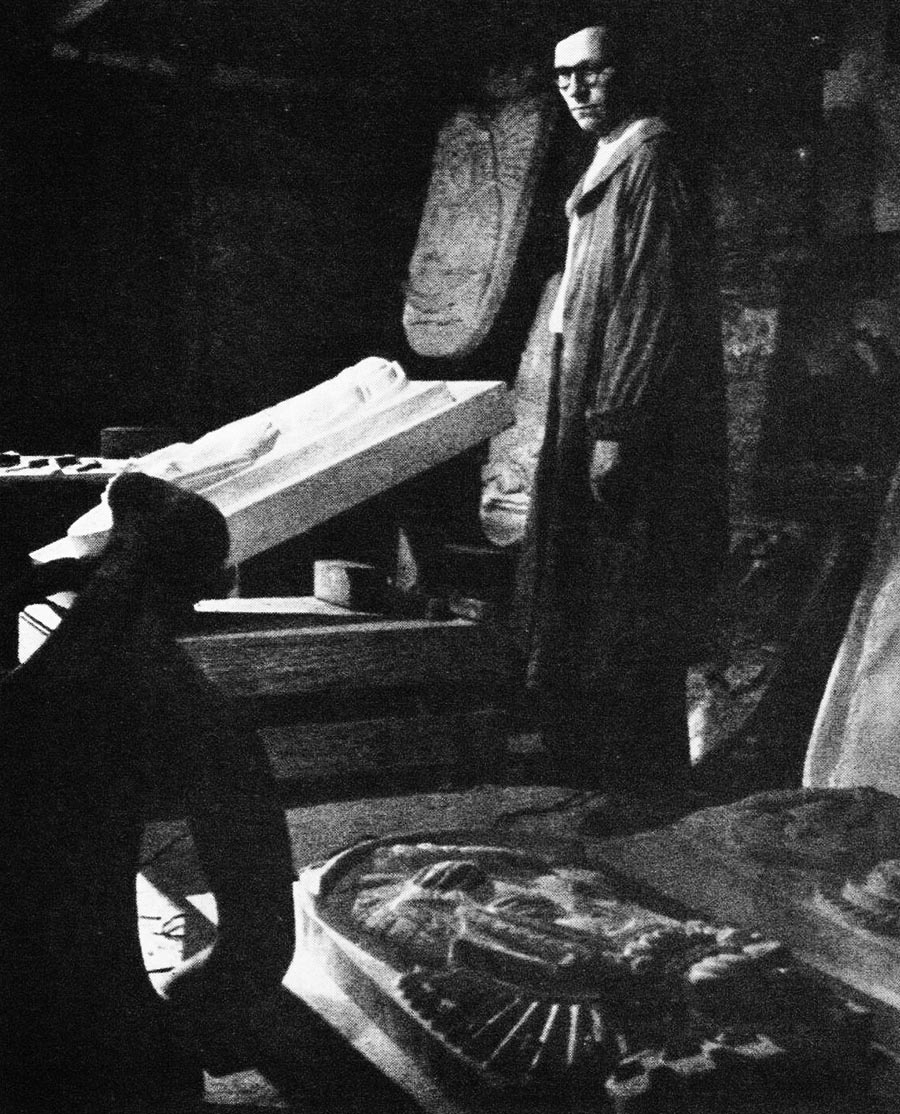 The sculptor
Vytautas Kašuba occupies
a very prominent place in the generation of artists who were educated
and received critical recognition in Lithuania and who have maintained
strong and fruitful ties with their native land. As a young man he
joined a small group of older Lithuanian sculptors, whose work in the
years of independence consisted almost without exception in the
creation of monumental, harsh and synthetic forms, and he entered this
group as an innovator. Not only did Kašuba equal the accepted sculptors
Zikaras, Pundžius, Mikėnas and others in the meticulous finish of
his work, he also brought to the realistic academicism of some of them
and the synthesism, verging on monotony, of others his own subtly
lyrical and spiritualized approach. The forms of KaSuba's work are
dramatically defined, but at the same time they are modeled with a
sensitive intimacy so that the play of light and shadows can give each
contour an unforced accent. Because of this his sculpture is dynamic
not only outwardly, in its physical appearance, but also in its intense
internal meaning. His works testify to the artist's inventiveness, to
his impulsive and introvert creative personality that is capable of
breathing human truth into inert matter. They testify, too, to their
creator's rigorous discipline, to his fanatical obstinacy to conquer
the static inertia of matter, and by the same token to his masterly
ability to employ to that end every available tech-dualism of
intuitive insight and lety and dramatic force, of monumental ideas and
meticulous realization have given him one of the
most prominent places among the younger generation of Lithuanian
sculptors .
The sculptor
Vytautas Kašuba occupies
a very prominent place in the generation of artists who were educated
and received critical recognition in Lithuania and who have maintained
strong and fruitful ties with their native land. As a young man he
joined a small group of older Lithuanian sculptors, whose work in the
years of independence consisted almost without exception in the
creation of monumental, harsh and synthetic forms, and he entered this
group as an innovator. Not only did Kašuba equal the accepted sculptors
Zikaras, Pundžius, Mikėnas and others in the meticulous finish of
his work, he also brought to the realistic academicism of some of them
and the synthesism, verging on monotony, of others his own subtly
lyrical and spiritualized approach. The forms of KaSuba's work are
dramatically defined, but at the same time they are modeled with a
sensitive intimacy so that the play of light and shadows can give each
contour an unforced accent. Because of this his sculpture is dynamic
not only outwardly, in its physical appearance, but also in its intense
internal meaning. His works testify to the artist's inventiveness, to
his impulsive and introvert creative personality that is capable of
breathing human truth into inert matter. They testify, too, to their
creator's rigorous discipline, to his fanatical obstinacy to conquer
the static inertia of matter, and by the same token to his masterly
ability to employ to that end every available tech-dualism of
intuitive insight and lety and dramatic force, of monumental ideas and
meticulous realization have given him one of the
most prominent places among the younger generation of Lithuanian
sculptors .
Kašuba's creative path is marked by
two principal stages. The sculptures of the first stage - the work he
did in Lithuania and in his first years in Germany are marked by a
dramatic quality they approach a classically academ ic style in form.
In this period Kašuba modified traditional delineation only slightly,
attempting to portray within its framework man's spiritual experience,
suitably accentuating motion and mimics. A youthful dynamism and pathos
characterizes this work.Somewhat later, in Germany, Kašuba began to
introduce into his work a contemplative calm. The over emphasized
motions are frozen into a subtle and controlled surface vibration,
permitting shadows to flow in rich half tones over the sensitively
modeled forms. One also feels in this period how the sculptor's
creative imagination begins to mature and to find for its expression
subtler and more sought out thematic and formal qualities. Vivid,
overly direct symbolism is replaced by sculpturally deeper ideas. Thus
Kašuba made the transition to his second creative stage. This is
characterized by a retreat from concrete characteristics and ideas of
subject matter determined by classical and academic concepts. He
introduces into his figure compositions not only the elements of pure
sculpture but also elements of so called pure form. This shows that
the sculptor is sincerely interested in the problems and achievements
of modern sculpture and has tried to incorporate them in his own
artistic outlook. Nevertheless, Kašuba has not surrendered completely
to the conditionless flatness and the experiments in mass of present
day sculptors; he has always subjects. Kašuba still, as before
consistent balance, a balance he can accept, between abstract form and
concrete idea, between the elements of eeperimental sculpture and a
living artistic reality. The human body remains his favorite subejct.
Kašuba still, as before, primarily desires to portray the expressions
of the human spirit. Even in the most abstract human lineaments he
still seeks and finds the human soul.
A few biographical details: Vytautas Kašuba was born in 1915 and
studied at the Kaunas School of Art. From 1941 to 1944 he was director
of the sculpture studio at the Kaunas Institute of Applied Art. While
still a student he a-chieved wide recognition; for example, at an
international exhibition in Paris in 1937 he was a-warded a gold medal
for a wood-
cut; in 1942 he received the national sculpture prize for his imposing
relief "Kainių išlaisvinimas" ("The Freeing of the Prisoners"),
exhibited at the Exposition of Suffering Lithuania, to commemorate the
Soviet terror. From among his many pieces of sculpture these these
might be noted: the granite "Head of a Soldier" of 1939; the granite
obelisk at Vilijampole, also 1939 The "Egle, žalčių karaliene' '(an
untranslatable title borrowed from a Lithuanian folk tale) and the
"Madonna of Exiles", two works in wood of 1946; and the stone "Four
Lithuanian Madonnas' of 1954. Besides these works, Kašuba has done many
smaller sculptures. He has participated in many exhibitions in
Lithuania and other countries, and his work is represented in famous
galleries. Vyt. Kašuba belongs to the Lithuanian Institute of Art, an
organization of artists established in exile.
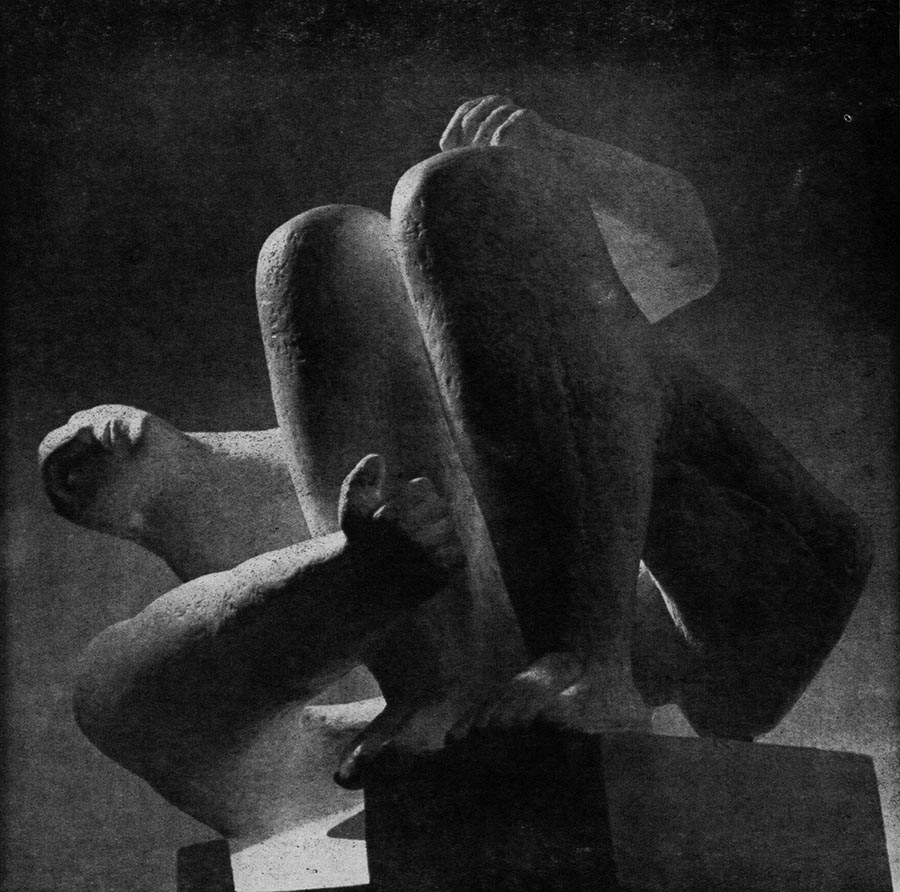
Political prisoner
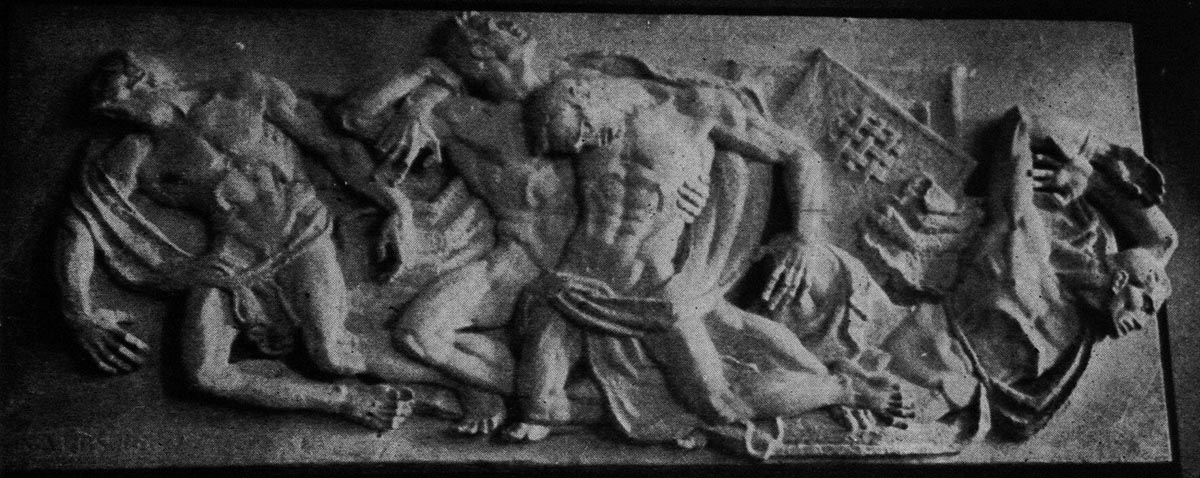
The freeing of the
prisoners
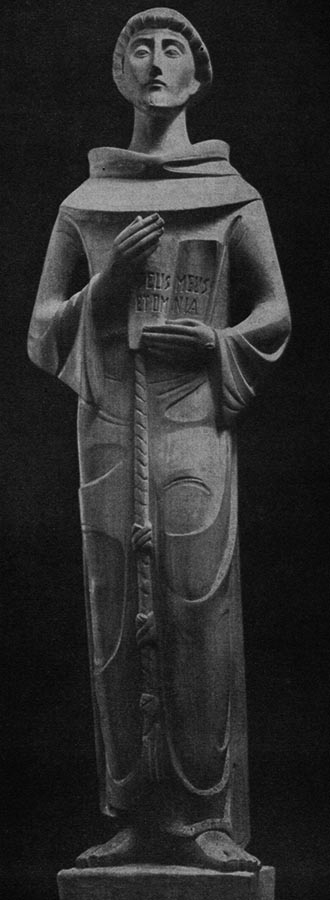
St Francis
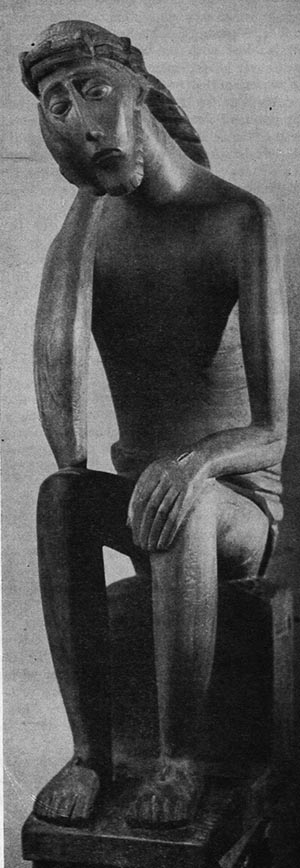
The pensive Christ
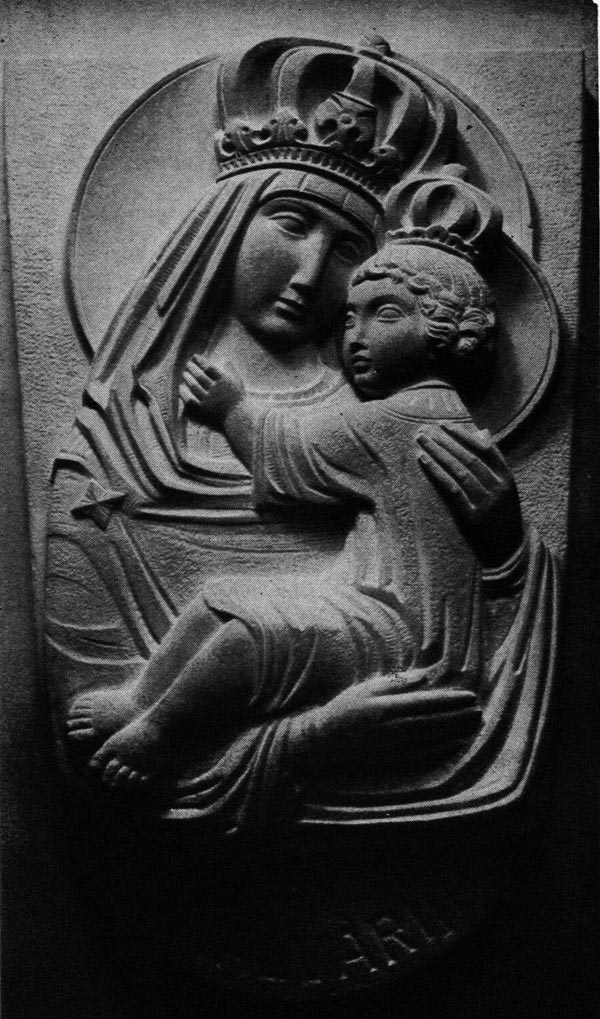
Madonna
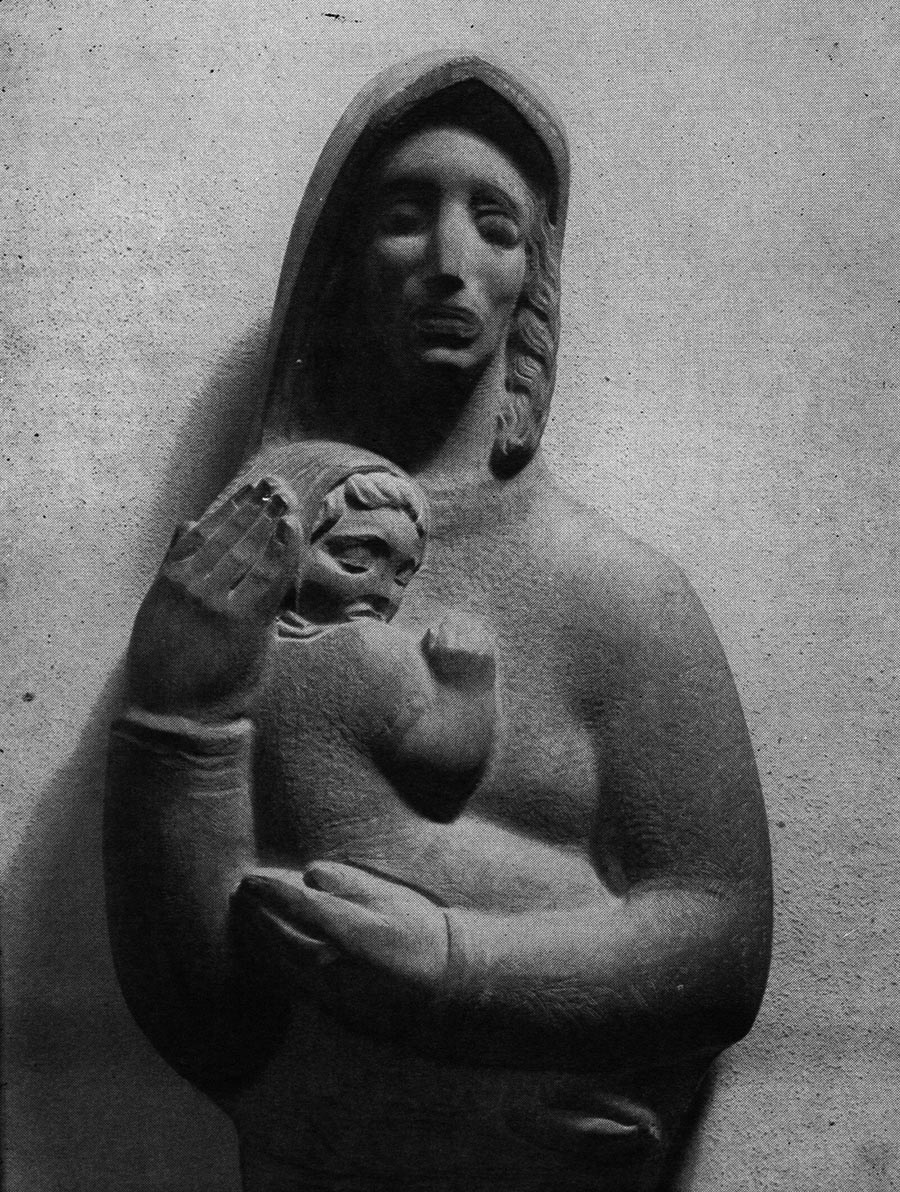
Madonna of exiles
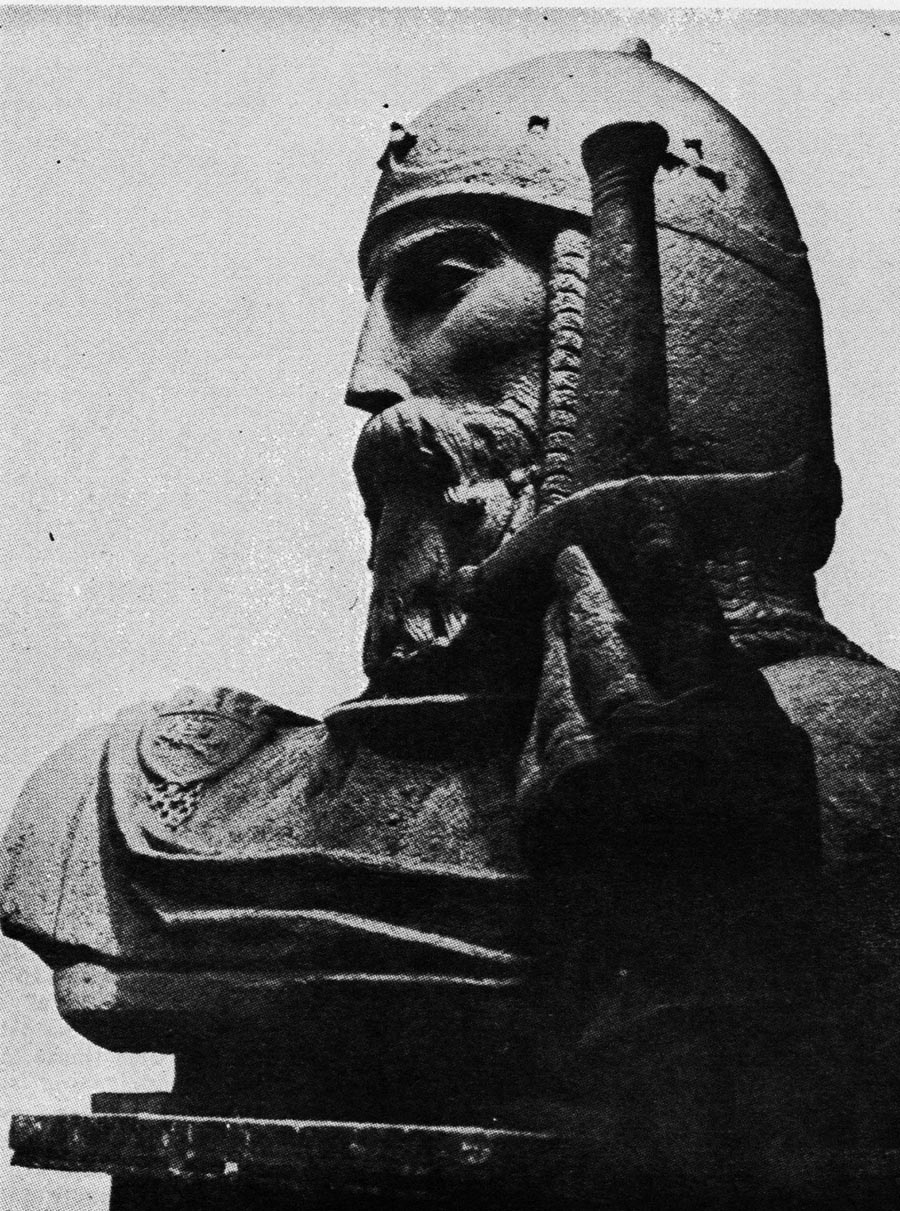
Mindaugas the King
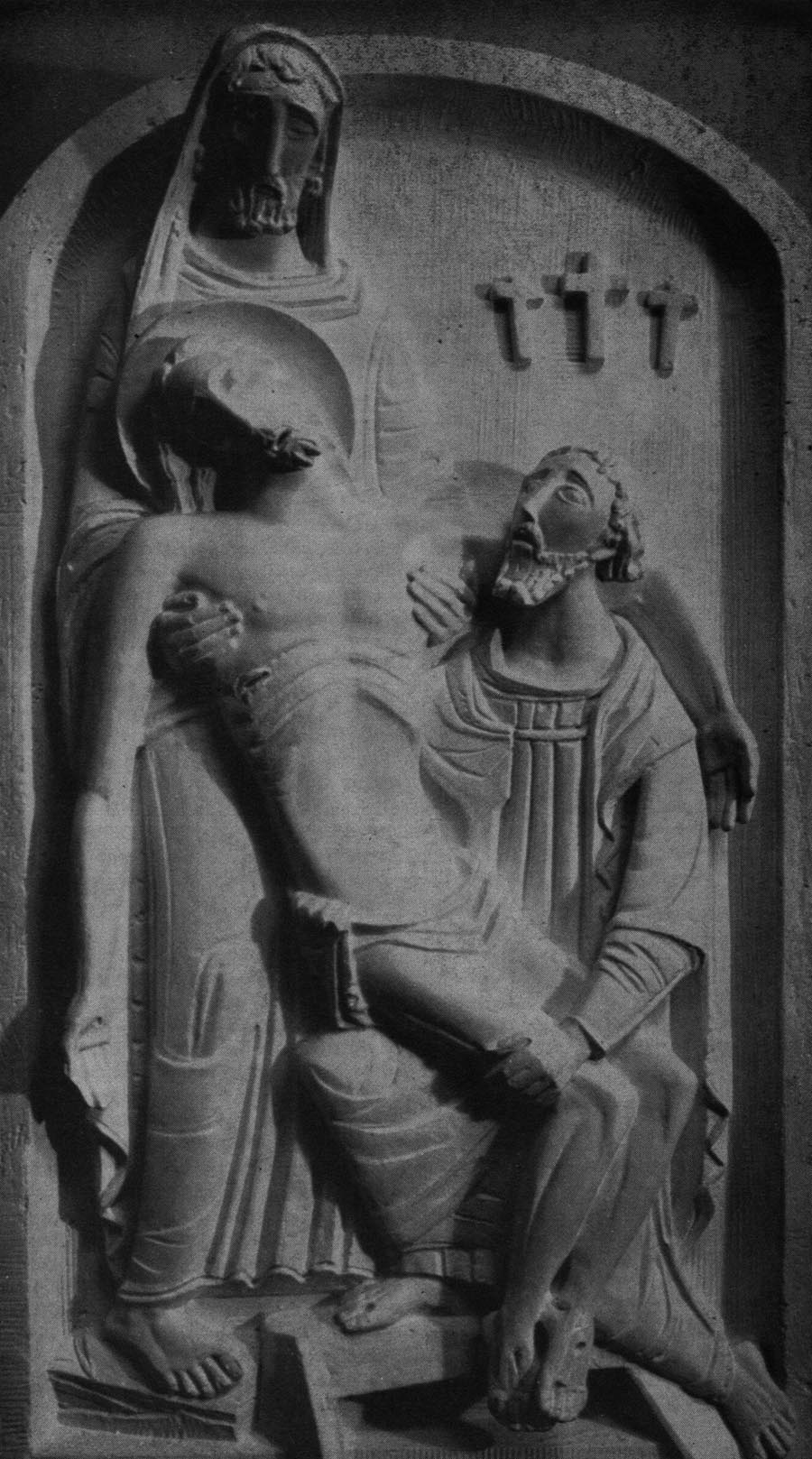
Taking from the Cross